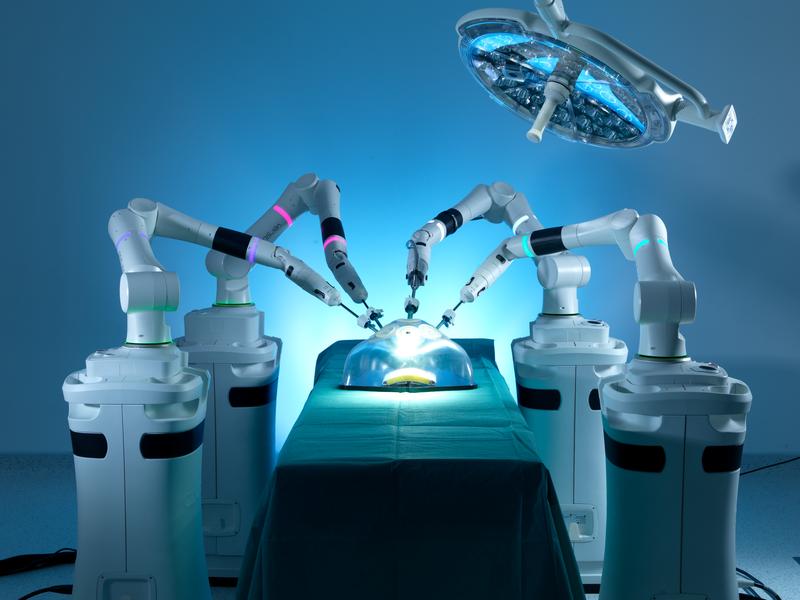Robotic Surgery
Home / Area of Specialty / Robotic Surgery
What is Robotic Surgery?
Robotic surgery is a minimally invasive surgical technique that uses robotic systems to assist surgeons in performing procedures with enhanced precision, flexibility, and control. The surgeon operates the robotic system through a console, while the robot's arms mimic the surgeon's movements with greater accuracy. Robotic surgery is used in various fields, including urology, gynecology, cardiothoracic surgery, and orthopedics.
Who Needs Robotic Surgery?
Robotic surgery is recommended for patients with conditions that require precision and minimal invasiveness, such as:
- Prostate cancer
- Endometriosis
- Gallbladder issues
- Obesity and weight loss surgery
- Colorectal surgery
- Spine surgery
The procedure is particularly beneficial for patients who want a quicker recovery time, reduced risk of complications, and minimal scarring.
How Does Robotic Surgery Work?
During robotic surgery, the surgeon uses a console to control robotic arms, which hold instruments that perform the surgery. The robot’s arms provide high-definition 3D views of the surgical area, allowing the surgeon to have enhanced visualization and precision. The surgeon makes small incisions, through which the robotic instruments are inserted, minimizing trauma to the body and promoting quicker healing.
Benefits of Robotic Surgery
- Minimally invasive with smaller incisions
- Enhanced precision and control during surgery
- Quicker recovery and reduced hospital stay
- Reduced risk of infection and scarring
- Greater ability to perform complex surgeries with accuracy
Patients undergoing robotic surgery often experience less pain and faster healing, making it a preferred choice for many.
Risks and Complications of Robotic Surgery
While robotic surgery is generally safe, there are risks associated with any surgical procedure, including:
- Infection at the incision site
- Bleeding
- Damage to surrounding tissues or organs
- Anesthesia complications
- Potential for mechanical failure of the robotic system, though rare
Your surgeon will discuss these risks with you before the procedure and ensure that robotic surgery is the best option for your condition.
Post-Surgery Care
After robotic surgery, you may need to:
- Rest and recover for a few days to allow healing
- Follow any prescribed physical therapy to regain strength and mobility
- Attend follow-up appointments to monitor progress
- Avoid heavy lifting or strenuous activities until cleared by your doctor
Recovery time is typically faster than traditional surgery, and many patients can return to normal activities within a few weeks, depending on the procedure performed.

